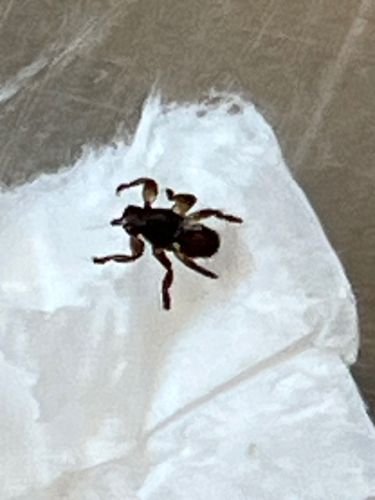Ants
Scientific Name: Formicidae
Order & Family: Hymenoptera, Formicidae
Size: Most ants range from 2 to 7 mm (0.08 to 0.28 inches) in length, though some species can be much larger.

Natural Habitat
Ants live in colonies that can be found in a variety of habitats, including underground, in wood, under rocks, or in mounds. Some species can invade human dwellings.
Diet & Feeding
Ants are omnivores and their diet can vary widely depending on the species. Many species feed on nectar, honeydew (a sugary liquid produced by aphids), seeds, fungi, other insects, and even small decaying animals.
Behavior Patterns
They are typically slow-moving and not aggressive. They prefer dark, moist environments and are often found under rocks, logs, or leaf litter. They are most active at night.
Risks & Benefits
Ants can be considered pests when they invade homes, contaminate food, or cause structural damage (e.g., carpenter ants). Some species, like fire ants, can inflict painful stings. However, ants also play crucial roles in ecosystems, including soil aeration, seed dispersal, nutrient cycling, and as predators of other insects.
Identified on: 8/13/2025